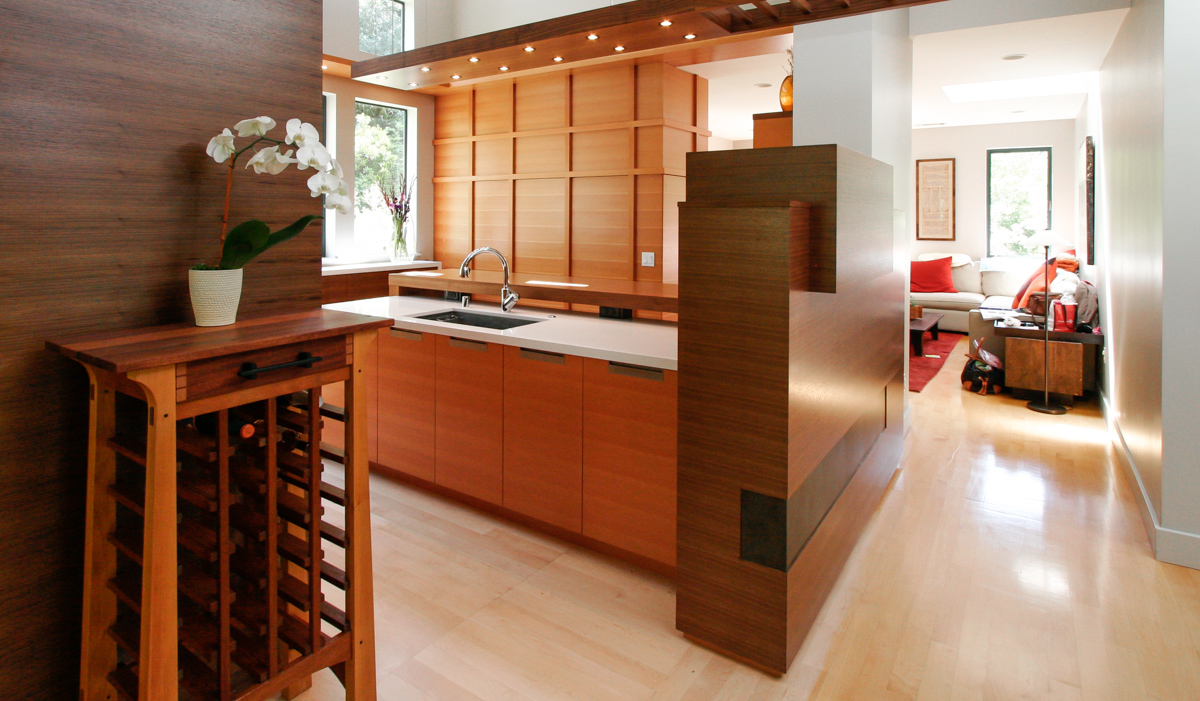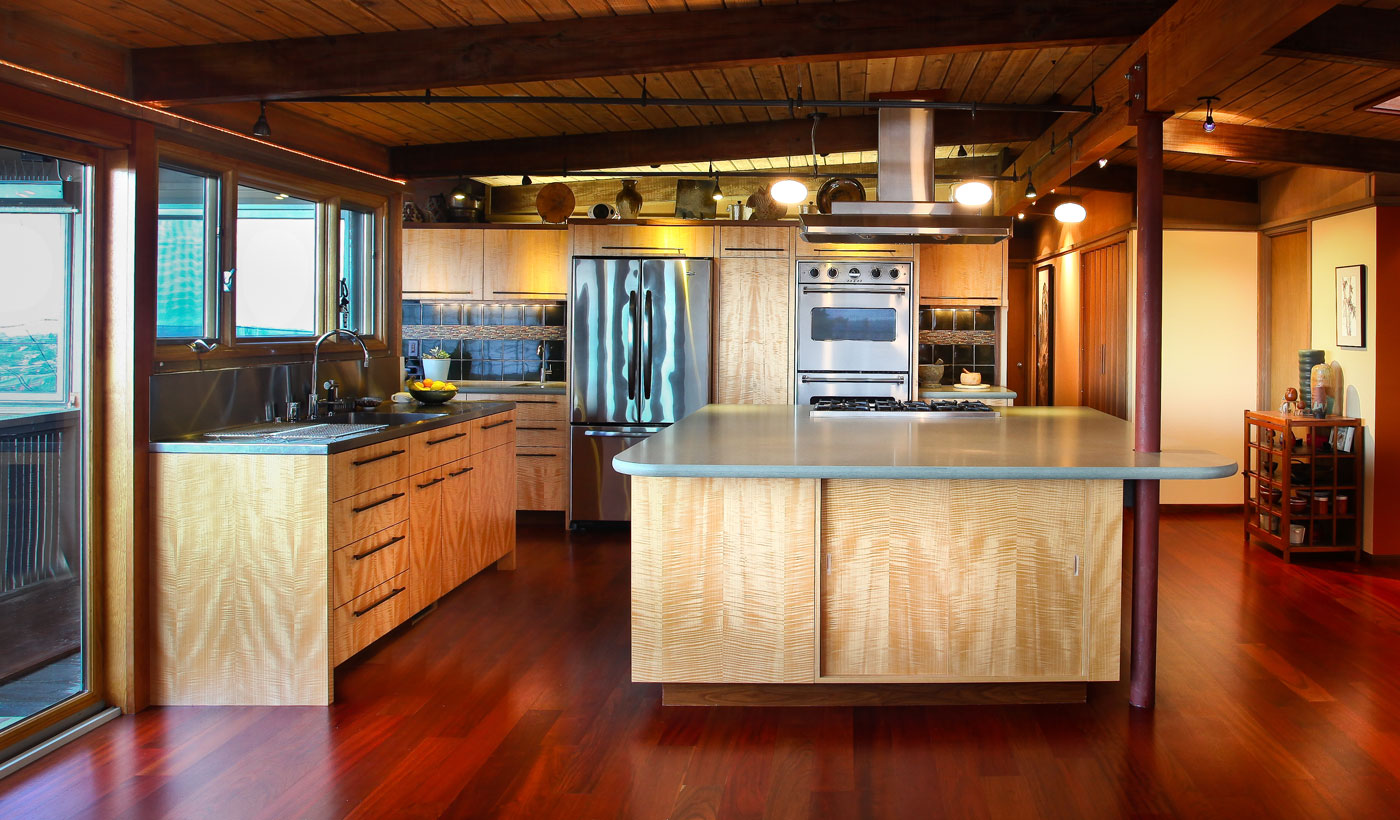From natural beauty to unmatched durability, it remains a cornerstone of high-end kitchen design.
Why Natural Wood is Essential in Kitchens
Wood possesses an exceptional quality to infuse your kitchen with warmth and charm to your kitchen. Its distinctive grain and diverse finishes make wood a highly adaptable choice for creating a timeless and welcoming space. Whether you prefer sleek modernity or classic charm, wood adapts seamlessly to your ideal aesthetic.
Types of Wood for Kitchen Cabinetry
The type of wood you choose plays a crucial role in the design aesthetics of your kitchen. Popular options include:
- Oak: Famous for its robustness and bold grain, oak is a everlasting choice for traditional designs.
- Maple: A softer wood with a refined grain, perfect for sleek styles.
- Walnut: Deep and elegant, walnut adds a touch of refinement.
- Cherry: With its warm reddish tones, cherry wood lends a timeless touch.
- Bamboo: A renewable option that offers strength and a contemporary aesthetic.

Advantages and Disadvantages of Using Wood in High-Traffic Areas
Wood is a wonderful material, but it’s necessary to weigh its benefits and weaknesses for high-traffic spaces like kitchens:
- Pros:
- Durable and strong when cared for.
- Customizable with numerous stains, finishes, and textures.
- Timeless appeal that increases value to your home.
- Cons:
- Vulnerable to scratches and dents without protective finishes.
- Requires consistent upkeep to prevent wear and tear.
- Vulnerable to humidity and temperature changes.
Showcasing Berkeley Mills’ Expertise
At Berkeley Mills, we excel in crafting exquisite wooden kitchens that combine beauty, functionality, and sustainability. Our team of artisans collaborates with premium woods to create tailored cabinetry and designs unique to your vision. With decades of experience, we ensure each project exceeds the highest standards of innovation and precision.
